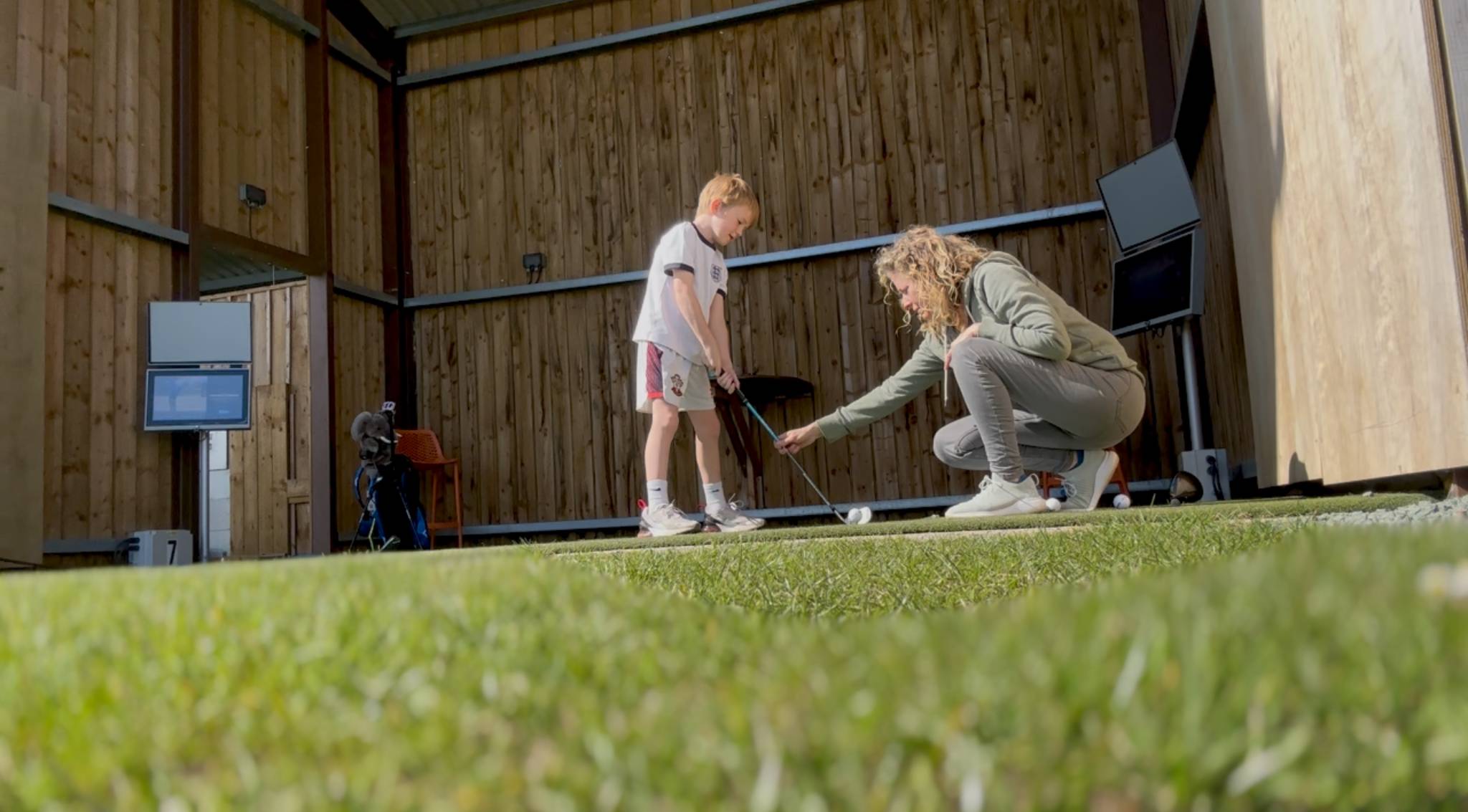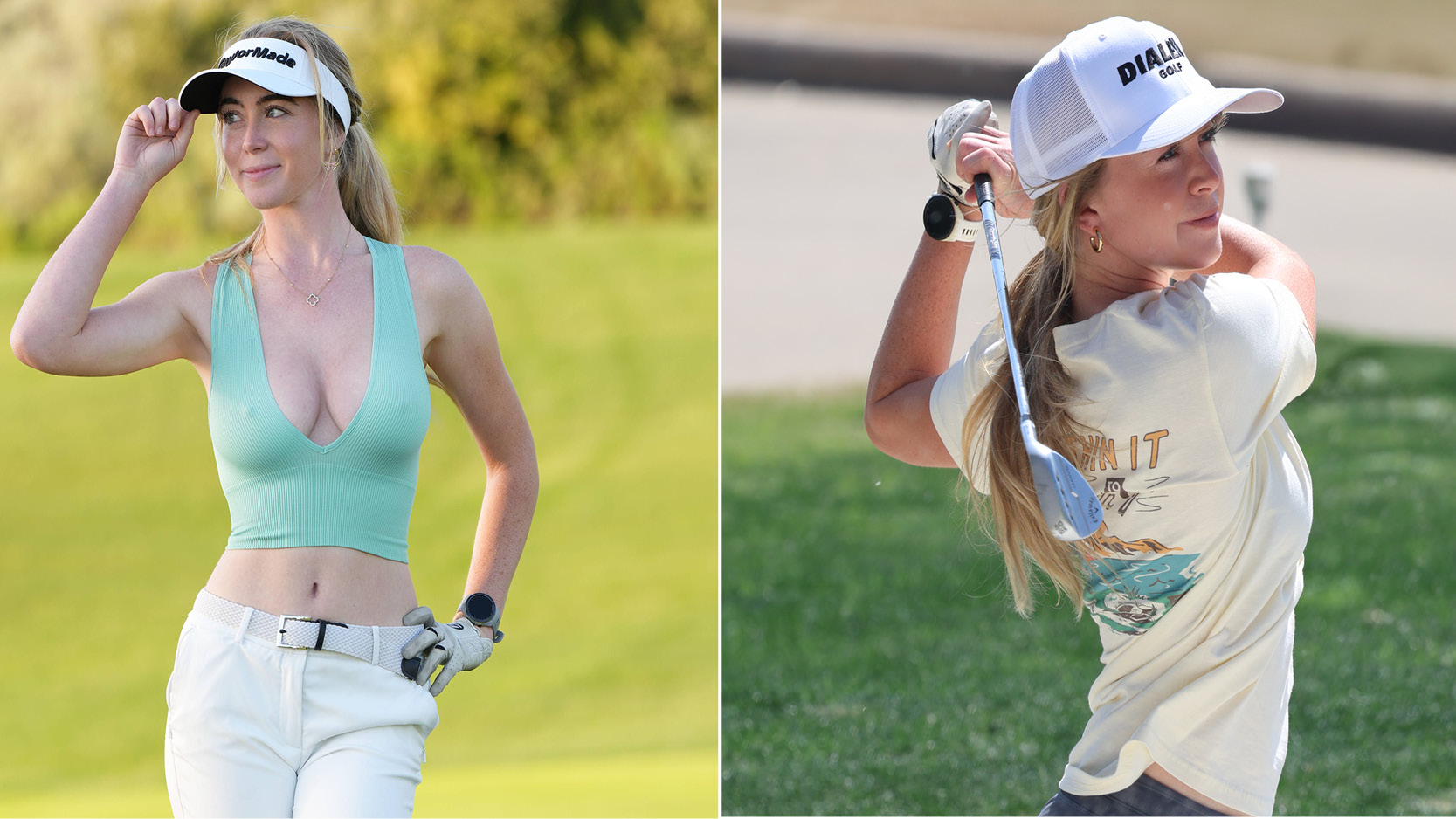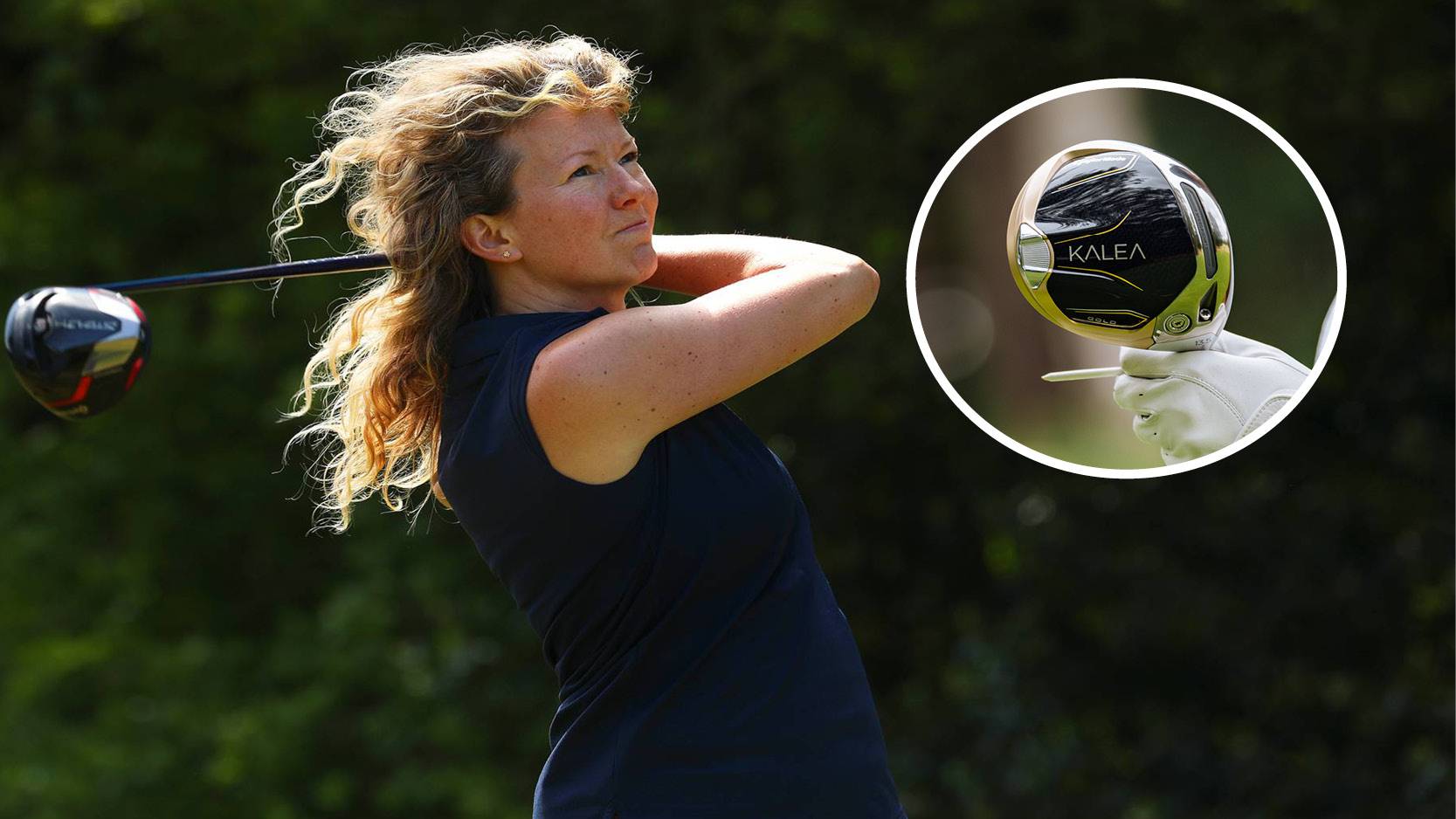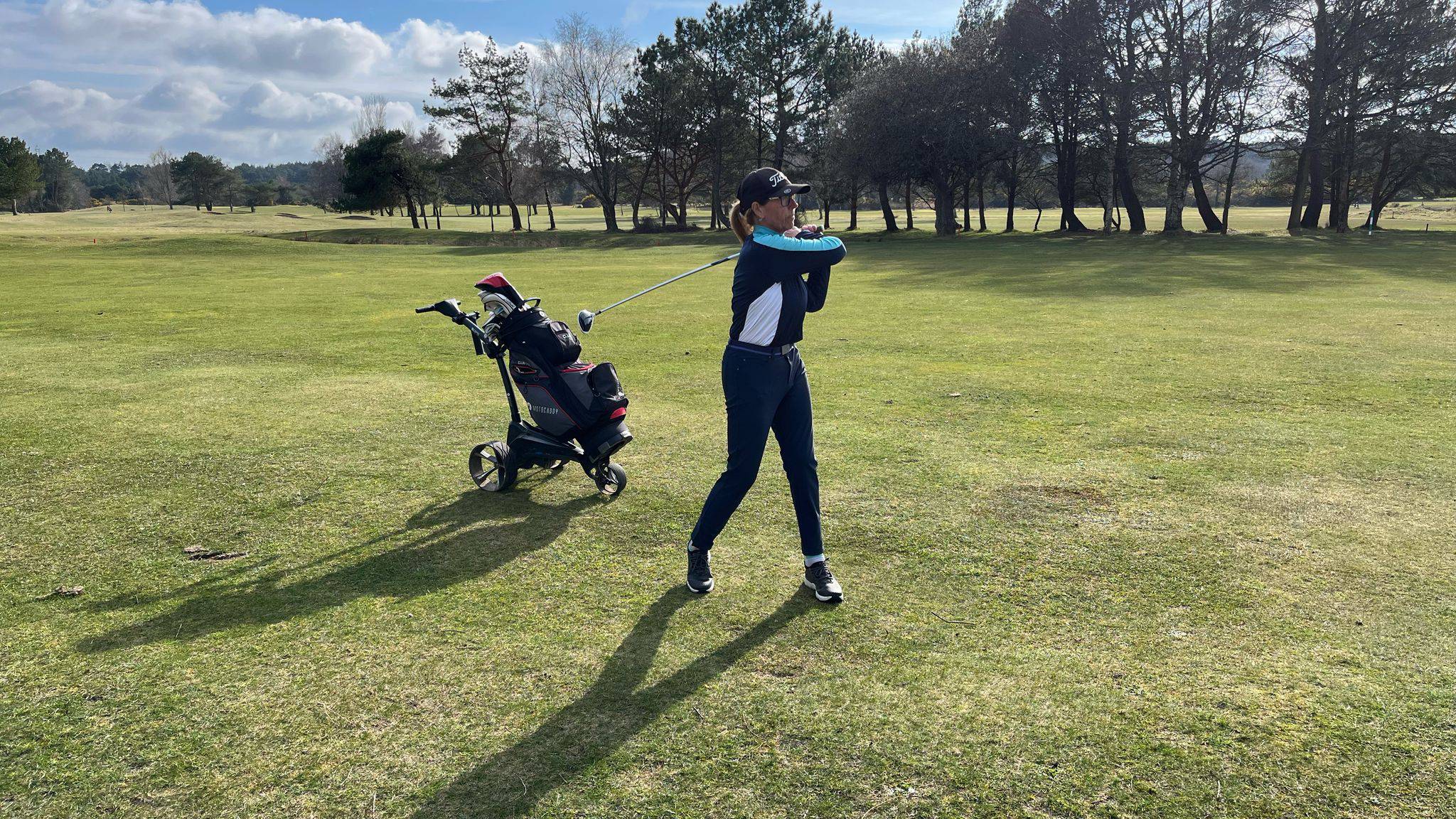What Can We Learn From The Swedish Route To Success?
Golf in Sweden is flying, especially women's golf. Lewine Mair explores the reasons behind this and what the global golfing community can learn from it


The Encyclopaedia of Golf (published 1975), records how “real growth” among the Swedish golfing fraternity did not begin until the 1960s. The same grand tome also made wry mention of how more than 40,000 Swedes “regard themselves as golfers.”
Today, there are 539.000 registered golfers in Sweden of whom the top tier of women are among the best in the Western world. Indeed, when it came to the recent Solheim Cup, they had three representatives in the twelve-strong junior team and as many as five among the senior dozen who helped the Europeans to cling to the trophy they won in 2021.
So how was it possible for the Swedes to cover so much ground so quickly? The answer, here, is that they began by studying the British way of golf. However, instead of assuming that the players on this side of the North Sea were as good as it gets, they asked themselves what they could do better.
For a start, they decided that golf in Sweden should be a family game as opposed to one dominated by men. The more prestigious clubs over here were still male-only establishments in the 60’s, while there was scarcely a club in the country where the men were not given automatic access to the more popular starting-times.
For another area where the Swedes found fault with the British golfing route, they came to the decision that women would do better to part company with their two and three irons and opt instead for higher woods.
When this happened, it was not the best of news for someone like Dame Laura Davies who was alone in being able to reach most of the longer par-fives with, say, a drive and a two-iron. Swedes, armed with their shiny new Callaway woods, were soon knocking their seconds alongside Laura’s at a time when those UK players who wanted to copy the Swedes were meeting with resentment. For at least a year, selectors and teaching professionals alike would complain that they were taking the easy way out.

Anna Nordqvist was one of five Swedish team members of the 2023 Solheim Cup
Sam Torrance, incidentally, was probably the first among the men to dare to give the higher woods a try, while would you believe that Tommy Fleetwood experimented with a 9-wood ahead of this year’s Players Championship at TPC Sawgrass, likening it to hitting a wedge into the green: “It goes up in the air and drops straight down.”
Yet another smart yet simple Swedish observation came from psychologist Kjell Enhager. He was sufficiently taken aback by the unthinking way in which Swedes - and others - went about their putting as to pose the question, “Why take two putts when one will do?”

Pia Nilsson with Annika Sorenstam in 2008
Sweden’s Pia Nilsson who runs Vision 54, where the number in the name tells of the difference 18 single putts, as opposed to 36, would make to a score, is another behind the Swedish advance. A former Solheim Cup golfer and the first of the Swedish captains in 1998, Nilsson recently explained why the Solheim Cup sides of today tend to be peppered with Swedes. “Swedes are deep in their golf competence,” she began. “They get a deep and long term education along with everything they need to grow as players, athletes and humans.
“Of course, the number of representatives we have in a Solheim side will fluctuate from year to year but, historically, we tend to turn out players who have the right attitude when it comes to foursomes and four-ball play. You can put them with anyone.”
Nilsson also went back to the Swedish tradition of treating men and women golfers the same - and how much the women benefited from being on the receiving end of respect in their formative years.”
It came as no surprise when, in 2022, America was among the countries which approached Katarina Vangdal, the overall head of men’s and women’s golf in Sweden, for advice on the junior game. One of the recommendations she put forward had to do with age.
“In America,” explained Vangdal, “much is made of junior prodigies. Lucy Li, for example, qualified to play in the US Women’s Open at 11, and Lexi Thompson did the same at 12. They’ve both gone on to do well but you don’t hear of the many prodigies who drop out.”
Vandal went on to say that you would never see a pre-teenage Swede creating a stir, the reason being that the Swedish Federation would not know, or indeed want to know, too much about such a child until she was 13 or more. “We see no reason for an aspiring young player to be travelling 60 miles or so to compete in a tournament,” said the head coach. “In Sweden, you can learn where you live and have fun at the same time.”

Lexi hompson was a young US prodigy that went on to do well
Lincöping GC, the club to which she is attached, is the best of examples in that this town of 165,000 inhabitants has around 200 juniors.
“The way we look at it,” she continued, “is that golfers can be at their best at 35. If you push your players too much, too soon, you don’t give them time to work on their games. With our juniors, we’re not looking for them to master the game tomorrow, or next week. If, say, they are making an adjustment to their swings, we tell them that it’s all about where they want to be in ten years’ time. We’re cool with that and so are they.”
Three of the five Senior Solheim Swedes were in their 30s, with Anna Nordqvist the oldest at 37, Caroline Hedwall 34 and Madelene Sagstrum 30. Linn Grant and Maja Stark, meanwhile, were respectively 24 and 23.
She hesitated to repeat one of the other theories which she raised during her time with the Americans because it sounded somewhat improbable. Namely, her belief that Swedes grow as players during the winter.
“When the snow starts in Sweden,” she said, “the leading players of all ages and both sexes will be invited to indoor winter camps, sociable environments where they can focus on their technique in a way that can never happen during the tournament season.”
The youngsters in question are usually 16 to 18 year-olds who attend one of the three Swedish high schools where golf and studies go hand in hand, the idea being that pupils can prepare themselves for an American college scholarship.
Ludvig Aberg, the 23-year-old Swede who played in the ’23 Ryder Cup in spite of never having teed up in a Major, attended the same Helsingborg school as Grant and Stark, with the three playing alongside each other on a daily basis. That background certainly did no harm to Grant who finished nine clear of Henrik Stenson and Marc Warren in last year’s Swedish Mixed Championship. No more did it do any harm to Aberg whose recent data is giving Vandal to think that they have uncovered the answer to why the men have yet to match the women’s golfing feats.

Sweden's Ludvig Aberg studied at the same school as Linn Grant and Maya Stark
Proud though the Swedes were at being asked to advise the Americans, Vangdal makes no secret of the fact that Sweden would not be where it is today but for grants courtesy of the R&A and, of course, the US college system. “In the case of the college system,” she said, “the timing is perfect from our point of view as the start of the college golf period coincides with the finish of the Swedish season.”
Typically, Vangdal and Co. have singled out the universities which work best for them and, equally typically, Pia Nilsson is always around to welcome the students, along with their various tour players, to the Swedish Federation's golfing hub in Phoenix.
The girls in particular will tell you that they never appreciate that haven more than at Thanksgiving, the November holiday when everything goes quiet on the golfing front as their American counterparts go back to their families.
Get the Golf Monthly Newsletter
Subscribe to the Golf Monthly newsletter to stay up to date with all the latest tour news, equipment news, reviews, head-to-heads and buyer’s guides from our team of experienced experts.
Lewine Mair was the first woman to be signed on as a sports’ correspondent for a national daily paper. She was with the Daily Telegraph for 18 years, six of them covering sport in general and the remaining 12 as the paper’s golf correspondent. She has also written for The Times and, today, is a regular contributor to the American digital magazine, Global Golf Post.
-
 How Much The Winning Caddie Earns At The RBC Heritage
How Much The Winning Caddie Earns At The RBC HeritageThe latest of the PGA Tour’s signature events offers a huge prize for the winner, and the caddie alongside the champion is due for a big payday too
By Mike Hall
-
 How Far Does The Average Amateur Golfer Hit Their 4-Iron?
How Far Does The Average Amateur Golfer Hit Their 4-Iron?The 4-iron is a versatile ally to amateur golfers, helping to escape trouble and eat up distance, but how far does the average golfer hit this useful club?
By Barry Plummer
-
 Why I'm Not Obsessed With Scratch (Yet) - The Joy Of Just Getting Better
Why I'm Not Obsessed With Scratch (Yet) - The Joy Of Just Getting BetterSingle figure golfer Jess Ratcliffe on finding enjoyment in gradual progress
By Jess Ratcliffe
-
 I’m A PGA Golf Coach - Here's Why I Made Sure My Kids Can Play Golf
I’m A PGA Golf Coach - Here's Why I Made Sure My Kids Can Play GolfFrom life lessons to lifelong friendships, Top 50 Coach Katie Dawkins on what golf can give your children
By Katie Dawkins
-
 From Body-Baring To Dialed In: Grace Charis Redefines Golf Fashion
From Body-Baring To Dialed In: Grace Charis Redefines Golf FashionInfluential golf content creator Grace Charis launches new apparel brand
By Alison Root
-
 Golf Gave Me Confidence... Then Social Media's Toxic Culture Tried To Take It Away
Golf Gave Me Confidence... Then Social Media's Toxic Culture Tried To Take It AwayA young content creator's journey to own her golf game and her voice
By Katie Clarke
-
 How Far Does The Average Female Club Golfer Hit Their Driver?
How Far Does The Average Female Club Golfer Hit Their Driver?We've looked at the data... Find out if you are hitting your driver an average distance
By Alison Root
-
 Tee Box Inequality: Why Aren't All Tees Rated For Women?
Tee Box Inequality: Why Aren't All Tees Rated For Women?Long-hitting female golfers are let down by tee ratings
By Katie Dawkins
-
 What I Learned From My First Golf Competition: The Unexpected Importance Of Preparation
What I Learned From My First Golf Competition: The Unexpected Importance Of PreparationPlaying in your first golf competition can be a daunting experience. Here are 5 tips to help you prepare for a stress-free round
By Carly Cummins
-
 I've Always Struggled To Create That Solid, Compressed Strike... Until I Fixed These 5 Key Moves
I've Always Struggled To Create That Solid, Compressed Strike... Until I Fixed These 5 Key MovesSingle figure golfer Jess Ratcliffe on how she has fixed her swing puzzle to deliver crisp shots
By Jess Ratcliffe